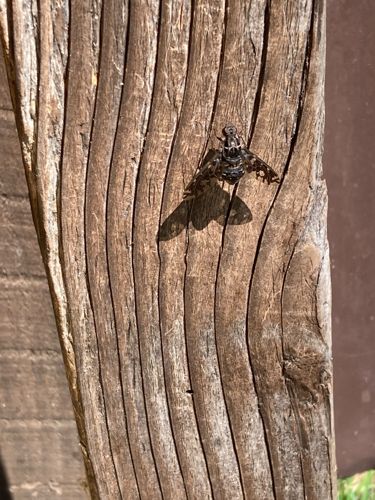Tachinid Fly
Scientific Name: Family Tachinidae (various genera and species)
Order & Family: Order: Diptera, Family: Tachinidae
Size: Typically 3 mm to 15 mm (0.1 to 0.6 inches) in length, though some species can be larger.

Natural Habitat
Tachinid flies can be found in a wide variety of habitats where their host insects are present, including gardens, agricultural fields, forests, and meadows. They are widespread globally.
Diet & Feeding
Adult tachinid flies typically feed on nectar and pollen from flowers. The larvae are parasitoids, feeding internally on other insects, often caterpillars, beetles, or true bugs.
Behavior Patterns
Tachinid flies are generally active during the day. Many species are parasitic, with adult females laying eggs on or near a host insect. The larvae then hatch and develop inside the host, eventually killing it. This parasitic behavior makes them important natural enemies of many pest insects. Adults are often found on flowers, feeding on nectar.
Risks & Benefits
Tachinid flies are highly beneficial insects. As parasitoids, their larvae act as natural biocontrol agents, helping to regulate populations of many agricultural and forest pests, such as gypsy moths, armyworms, and various beetle larvae. They pose no direct risks to humans; they do not bite or sting.
Identified on: 8/10/2025